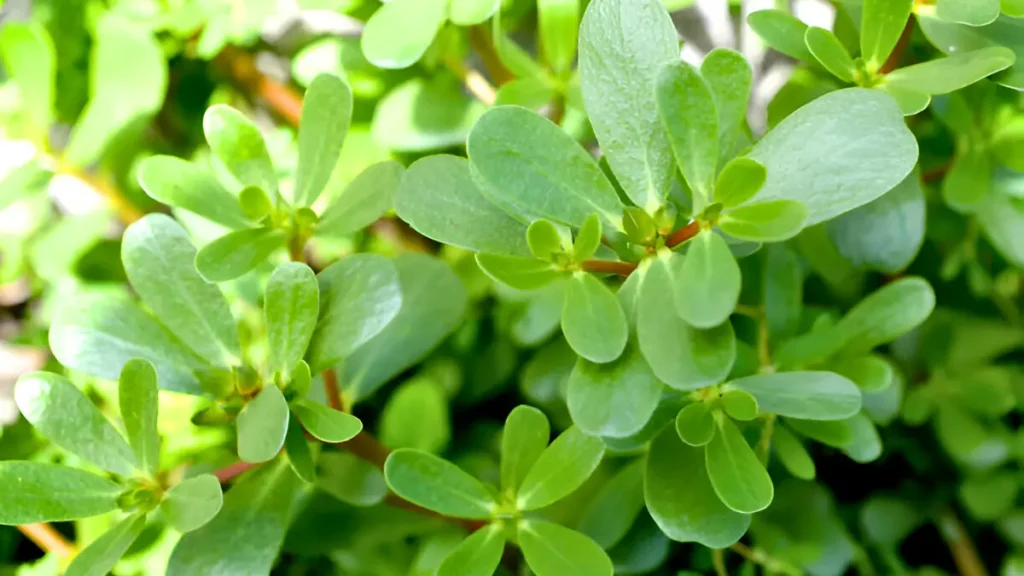The succulent plant purslane, or Portulaca oleracea, has long been prized for its culinary and therapeutic uses. Although purslane is regarded as a weed by some, its remarkable nutritional content and ease of growing make it a valued addition to any garden. We will examine all facets of purslane plant care in this article, including planting, upkeep, and harvesting.
How to take care of purslane plant:
- Sunlight: Full sun is ideal for purslane growth. Be careful to place it where it will receive six to eight hours of sunlight every day at the very least.
- Soil: Purslane likes its soil to drain easily and have a pH that is between slightly acidic and neutral. Although it may thrive in unfavorable soil, it prefers rich soil that has been supplemented with organic matter.
- Watering: Purslane needs regular hydration, although once established, it can withstand droughts. Particularly in dry seasons, give your purslane plants regular irrigation; however, watch out not to overwater since this might cause root rot.
- Spacing: Plants of purslane should be spaced 6–12 inches apart, depending on the variety, to promote healthy development and air circulation.
- Mulching: To help keep the soil moist and prevent weed growth, mulch the area around the base of purslane plants. Straw and shredded leaves are excellent examples of organic mulches.
- Fertilizing: Since purslane is a light feeder, little fertilizer is needed. To promote healthy development, you can, nevertheless, apply a balanced fertilizer once or twice during the growing season.
- Pruning: To promote bushier growth and keep purslane from growing lanky, pinch back or harvest it on a regular basis. Fragile stems and leaves can be harvested and used in recipes.
- Control of Pests and Diseases: Although purslane is largely immune to pests and diseases, it can occasionally be harmed by fungi, snails, or aphids. Regularly check on your plants, and if any problems emerge, take the necessary action, such as hand-picking pests or applying organic pest management techniques.
Conclusion:
In conclusion, regular watering, plenty of sunlight, and well-drained soil are all essential for purslane plant care. Mulching can aid in weed control and moisture retention. Furthermore, infrequent fertilization can encourage robust development. The general health of the plant depends on proper maintenance, which includes getting rid of any unhealthy or damaged portions. Purslane is a vegetable that can grow well and yield a lot of healthy greens for cooking.
Certainly! If you’d like to learn more, please consider following our WhatsApp Channel: Harvest Gardening
A frequently asked questions:
Q1: How do you grow purslane plant?
A2: The purslane plant is a low maintenance garden that grows best in well-drained soil with lots of sunshine. After your area’s last frost date, sow the seeds straight into the ground and maintain the soil moist until germination takes place. To give them room to grow, thin the seedlings so that they are about 6 inches apart.
Q2: What is the rock purslane plant?
A2: Calandrinia grandiflora, or rock purslane, is a blooming perennial plant endemic to South America. Its vivid, spectacular flowers and succulent foliage are what define it.
Q3: What are the health benefits of common purslane plant?
A3: The many health advantages of common purslane are well documented. It has high levels of calcium and magnesium, as well as omega-3 fatty acids, vitamins A, C, and E. Its antioxidant and anti-inflammatory qualities may strengthen the immune system and enhance heart health.

